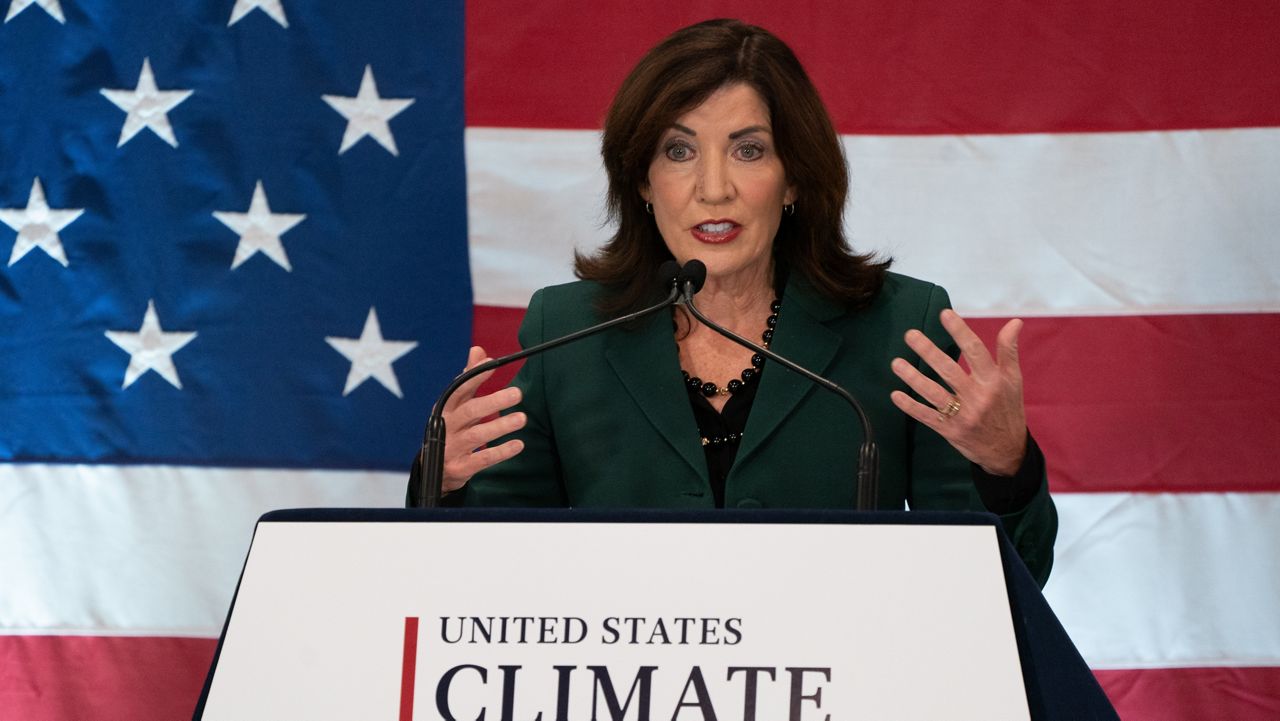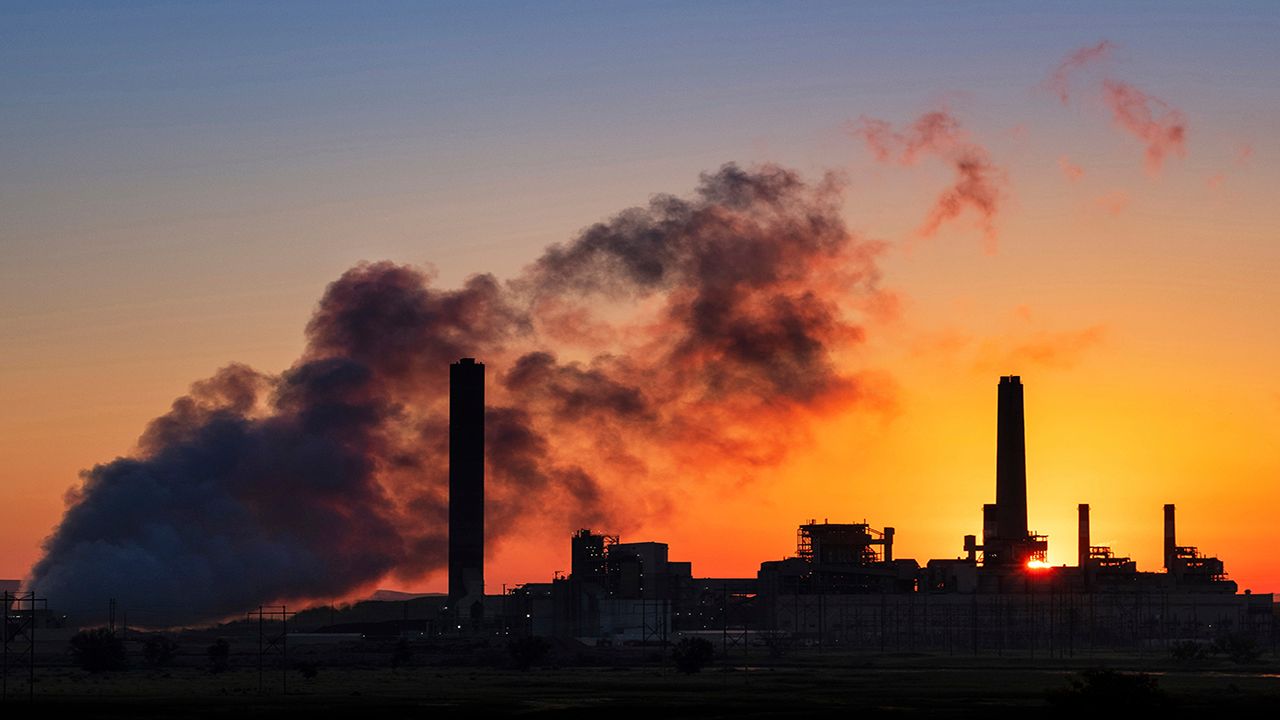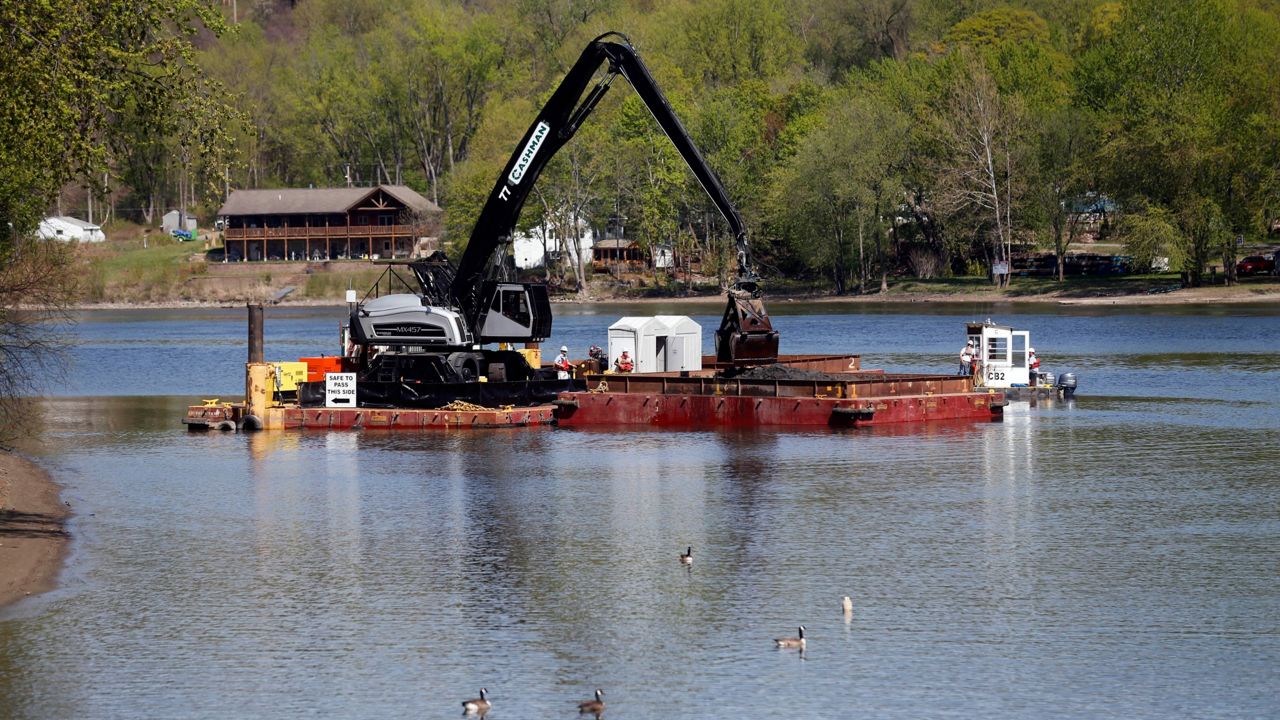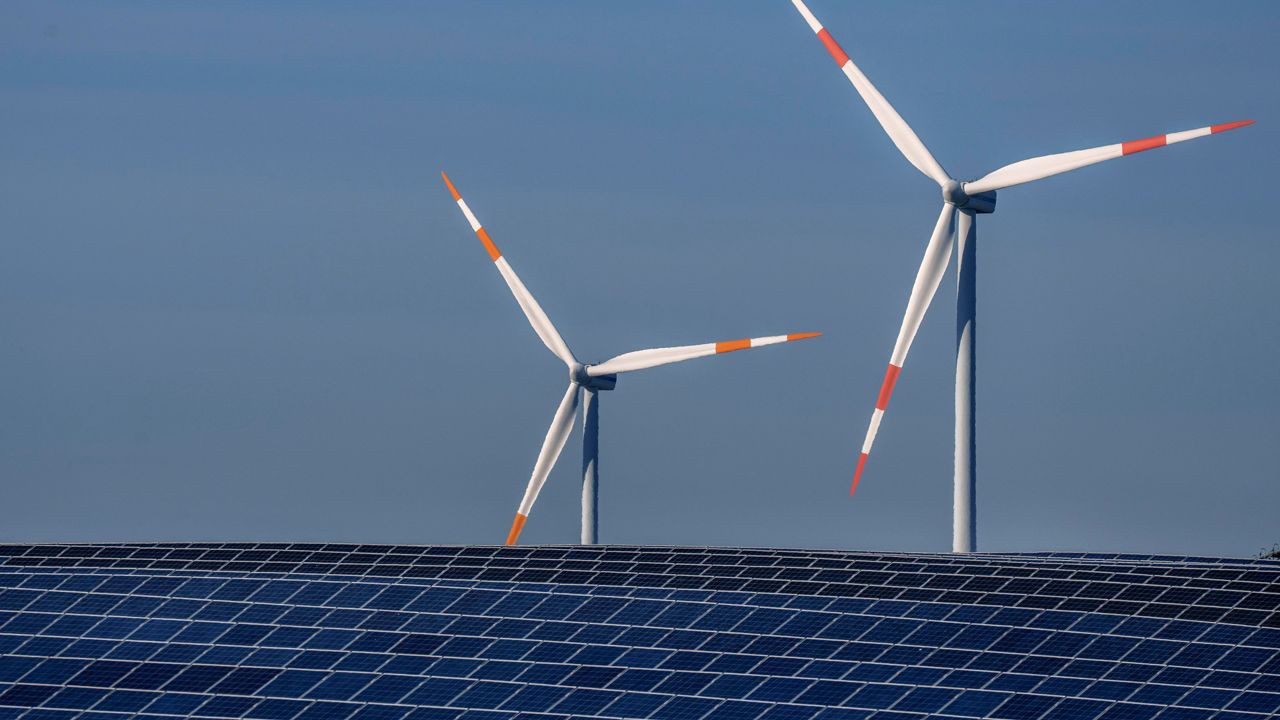New Yorkers generate about 4 1/2 pounds of trash daily, according to the Department of Environmental Conservation. That’s about 15 million tons annually — or the weight of more than 41 Empire State buildings.
“We're not doing well at all," said Dawn Timm, environmental coordinator for Niagara County and chair of the New York Product Stewardship Council. "We haven't moved the needle on recycling in probably 20 years.”
What You Need To Know
- The Packaging Reduction and Recycling Infrastructure Bill would put responsibility on producers to cut waste.
- The bill would ban certain toxic chemicals and require a 50% waste reduction in 12 years.
- New York has been at a roughly 18% recycling rate statewide.
New York’s waterways are vital to the state, yet are prime examples of trash issues.
“You don't ever want to see plastics in water at all," Timm said. "You don't want anyone, anything in water other than fish and their food source. Not plastics, not a sneaker, not styrofoam.”
Improving recycling rates is one of Timm’s goals.
“We've been hovering around an 18% rate statewide,” she said. “Our most recent goal has been advocating for packaging policy in the state of New York.”
The Packaging Reduction and Recycling Infrastructure Bill would put responsibility on producers to cut waste.
“The producers of all that packaging would pay into a program where local governments would debit out their expenses to collect and process recyclables," Timm said. "This will allow us to advance our infrastructure, increase our access and clean up our communities.”
The bill would ban certain toxic chemicals and require a 50% waste reduction in 12 years, which hadn’t made the cut in previous proposals over recent years.
Timm’s work, though, goes beyond this one bill.
“I think we need more local support," she said. "We need our local governments, the cities, and the large towns to say the manner in which we are financing recycling isn't cost effective.”
For Timm, it’s about people coming together: the local governments, consumers and taxpayers, and producers.
“All three of our collective efforts together should take that abysmal 18% recycling rate in New York and increase it to something that could be as high as 50, 60, maybe even 70%,” Timm said.
One concern Timm said people had with packaging stewardship policy was cost. She said the bill she’d like to see go forward would be similar to policies in some Canadian cities. There, consumers did not see any real cost increase.
But for now, the focus is on the trash in the waterways, and the low recycling rates.
“The one thing that every single New Yorker generates is trash," she said. "We can start there.”









